Increasing workplace satisfaction and recognizing employee burnout before it happens are core issues in today’s Covid-19 home office workplace. People analytics has become a key technology to support these goals, thanks to recent progress in AI, machine learning, and other computer technologies. Using our own people analytics tools we analyzed the virtual tribe of key people working in the area of people analytics. If anything, this analysis shows that people analytics has become even more central in the Covid-world.
Using our Galaxyscope Tribefinder tool we created a virtual tribe of 57 Thought Leaders in the space of HR analytics, people analytics, and corporate culture. The picture below shows the social network of the people analytics thought leaders based on their Twitter network. Thought leaders are connected through who is retweeting and mentioning whom. It also categorizes each thought leader into an “alternative reality” tribe, identifying if somebody is a fatherlander, nerd, treehugger, or spiritualist (. As we can see in the picture below, the large majority, 38 out of the 57, are nerds, based on the language they use in their tweets. This is not surprising as they tweet about technology.
Among the 57 people who are popular tweeting about people and workplace analytics, we find that the most central people analytics thought leaders are David Green, Wharton professor Adam Grant, ABN Amro HR analytics manager Patrick Coolen, Andy Spence, and Josh Bersin, to name just a few. A connecting line in the network means that two people are retweeting or forwarding or mentioning each other.
The word cloud below shows the most frequent terms in their tweets of the last two months. “HR”, “HCM” (Human Capital Management), “people analytics”, and “future of work” are most popular.
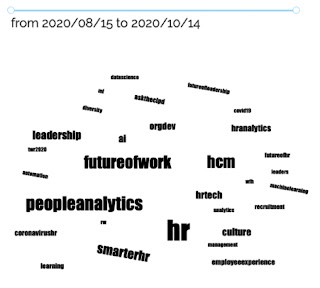
The next picture drills down into the word cloud by showing the links between two terms, if they are mentioned in the same tweet. The word network nicely illustrates how Covid19 has created a second separate word cluster about the leadership of remote teams, which is a key issue in the home office workplace mandated by the Covid19 lockdown.
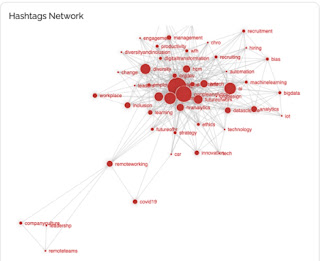
When looking at the popularity of hashtags over time, shown below, we find that the importance of “culture” is growing, together with “HR”, “future of work”, and “HCM”.
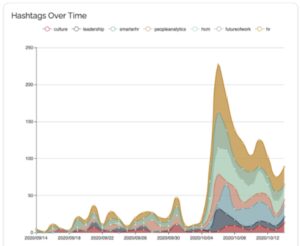
The last chart shows the characteristics of the tribe. It very well reflects the personalities of the people analytics thought leaders as a group of nerds. They are mostly fitness nuts, like to travel, are ingrained in capitalism (not surprising as people analytics is popular with large multinational corporations), but they are also risk takers, writing about early trends ahead of the mainstream.
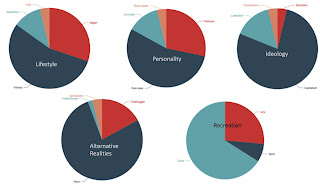

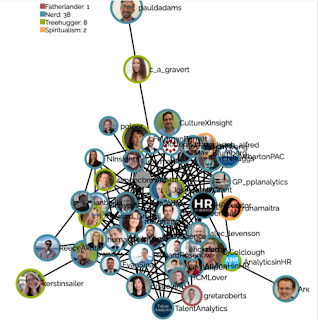
Recent Comments